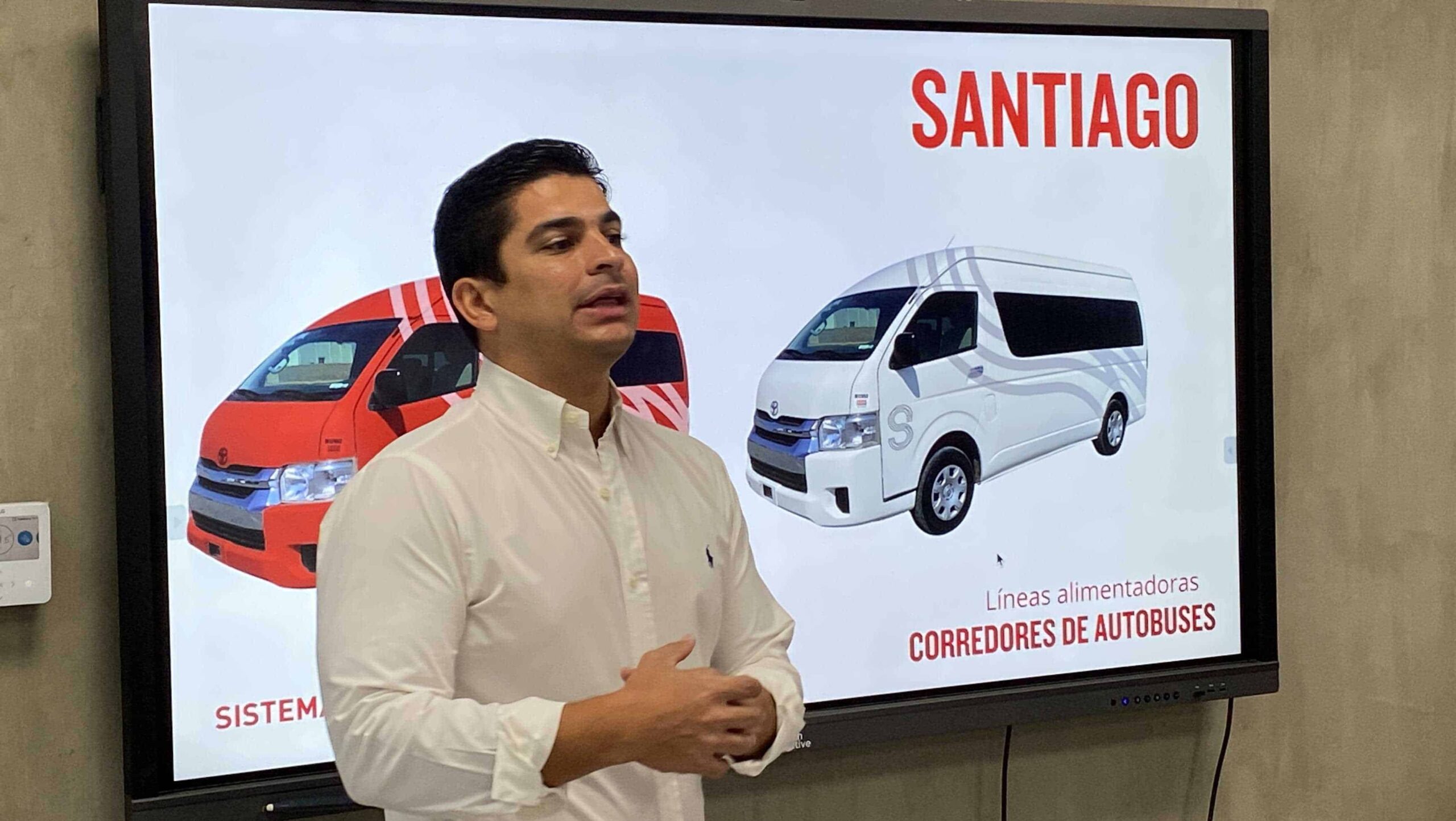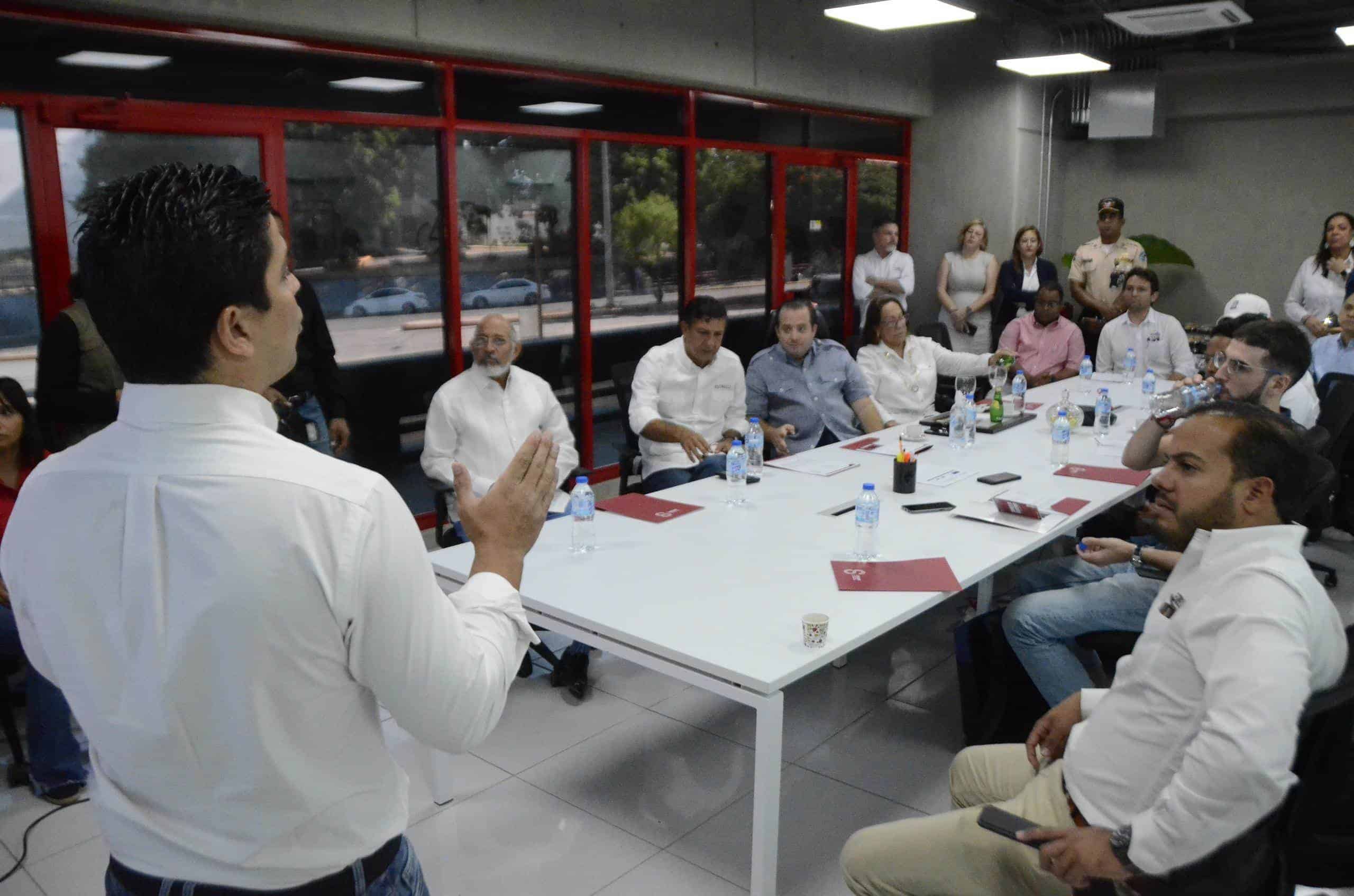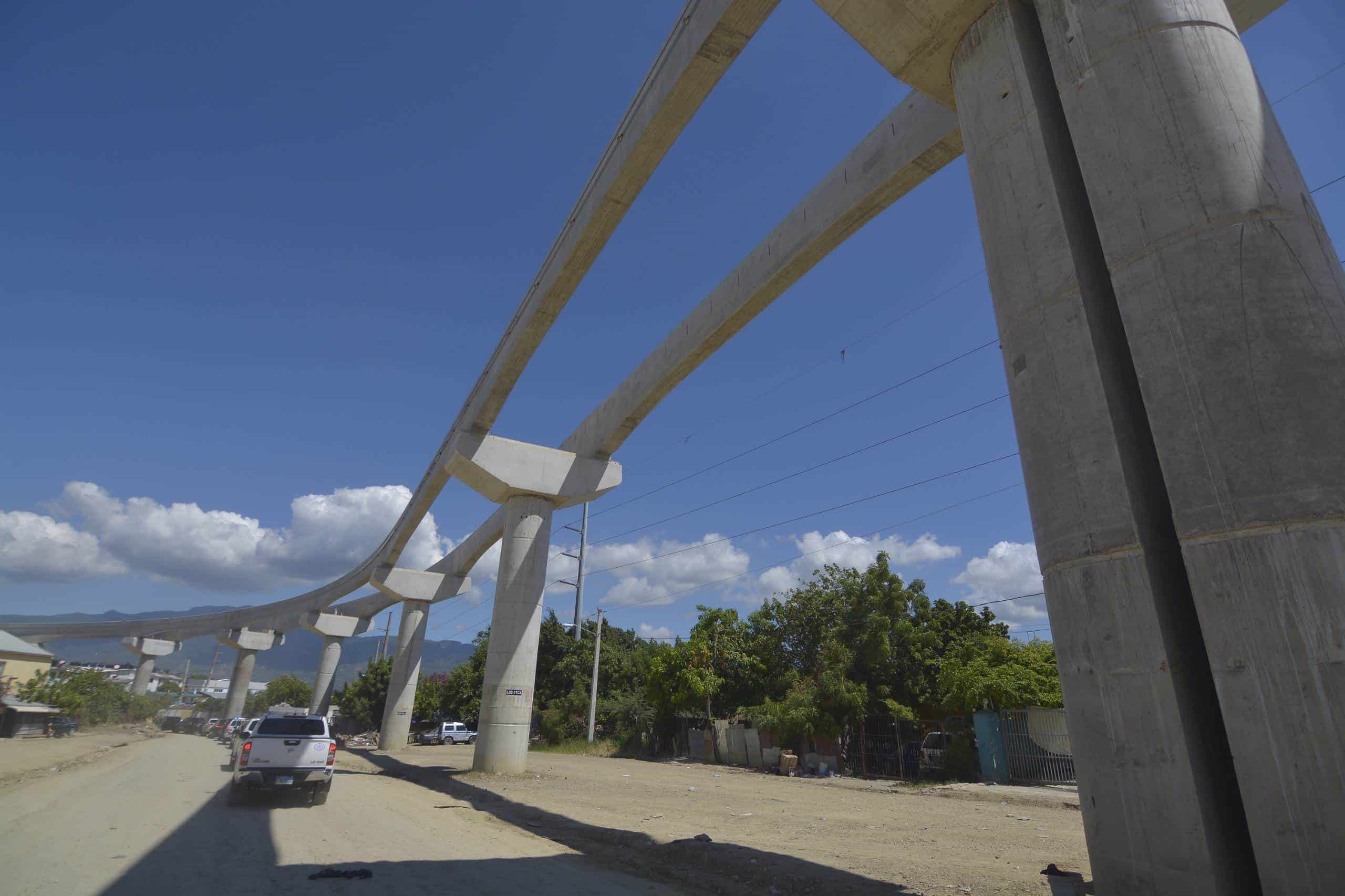
He cable car of Santiago It still does not reach the projected demand since it began operating on March 17. He government attributes this to the fact that it is a System Integrated Transportation System (SIT) that is still under construction, because of the three that make it up: cable carmonorail and bus, for now only the first works.
This was stated today by the minister of the Presidency, José Ignacio Paliza, and the director of the Trust for the Development of the Mass Transportation System (Fitram), Jhael Isa, on a guided tour of the entire systemin which Free Diary accompanied them exclusively.
“This is not the time to measure Travel demand; the systems of transport they have to measure two to three years after opening,” he said. Isa.

To date, the funicular has the ability to transport 4,000 people per hour in each direction, being able to move more than 64,000 passengers daily, mainly residents in sectors of the southwest of the city.
For this reason, and for the flow to increase, the Government Dominican Republic will put into operation in the coming months the first feeder route of the cable car of Santiago from La Barranquita, where the Autonomous University of Santo Domingo is located (UASD), to the Renée Klang de Guzmán stop, at the intersection of Presidente Antonio Guzmán Fernández and Emilio Prud’Homme avenues, in the Bella Vista sector.
Isa estimates that the Travel time from the UASD to the cable car It’s five minutes. He points out that work is being done on the acquisition of minibuses for this service. “Service to students from UASD It will be open soon,” he announced.

Better quality of life for Santiago residents
He minister Paliza, during the visit, assured that the SIT of Santiago will contribute to the transformation of the mobility and the mass transportation of the Heart City.
“This new system of transport will dignify the quality of life of the people of Santiago, especially its workers,” stated the ministerafter explaining that the project is in its phase one, which includes the operations of the cable car.
According to what is estimated by the authoritiesby February of next year the two main rings feeders linked to system of buses and by the end of 2025 the monorail will be in operation.

“With these three elements combined, plus other facilities, you can have this system completed in a circular way and that people, paying a single fare, can get on a cable carthen reach a monorail and be able to get on a bus to get to work, a journey that can reach 80 kilometers for only 35 pesos,” he explained.
Beating asked the population trust in it system of transport promoted by the Dominican State in Santiago.
Among the mobilities that we want to combine in the system integrated transport highlights the authorization of bicycles to be used in the Historic Center of the Heart City.
Another is the installation of corridor of buses electric, which will go from Circunvalación Sur avenue until reaching 27 de Febrero avenue, connecting again with the starting point.
“The Heart City is going to circulate better than ever, since it is a system that will help decongest the roads,” he assures Jhael Isa.

Others strategies to increase flow
Given the low flow of passengers that the cable carfrom the Government Central work in several strategies to increase demand.
One of these actions is the construction of a project housing composed of 160 apartments on the monorail route.
In addition, they are building around 40 commercial premises, so that interested parties can set up various types of businesses. This space will also have a food court.
In addition, it contemplates enabling a spot G.O.B.which manages the Government Office of Information and Communication Technologies (OGTIC).



